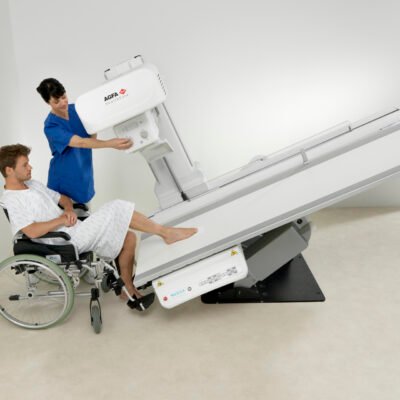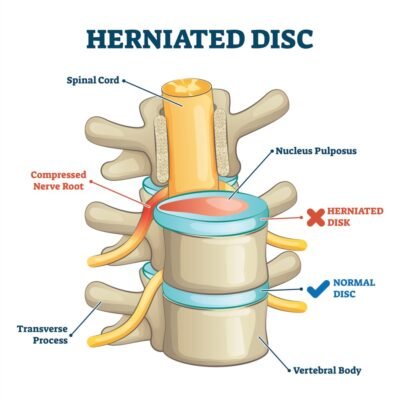Introduction
Conducting clinical trials for rare diseases presents unique challenges due to small patient populations and limited data availability. These hurdles make it difficult to conduct large-scale studies, necessitating innovative approaches to trial design and execution.
Challenges
1. Low Recruitment
- Rare diseases affect small patient populations, making it difficult to find eligible participants.
- Patients are often geographically dispersed, further complicating recruitment efforts.
- Strict eligibility criteria can exclude potential participants who might benefit from the trial.
2. High Costs
- Research for rare diseases often lacks adequate funding due to the smaller market potential for new treatments.
- The complexity of designing trials for rare conditions increases operational costs.
- Pharmaceutical companies may be hesitant to invest in rare disease research due to uncertain returns.
Solutions
1. Global Collaboration
- International trials allow researchers to expand patient recruitment across multiple countries.
- Cross-border partnerships between medical institutions enhance data collection and improve statistical reliability.
- Advocacy groups help connect patients with clinical trials, boosting participation.
2. Regulatory Incentives
- Governments and regulatory agencies offer grants, tax credits, and accelerated approval pathways for rare disease research.
- The Orphan Drug Act in the U.S. and similar programs worldwide encourage pharmaceutical companies to develop treatments for rare diseases.
- Adaptive trial designs, such as basket and umbrella trials, enable more flexible study structures to accommodate small populations.
Conclusion
Despite significant challenges, rare disease clinical trials are advancing with innovative strategies. Through global collaboration, regulatory support, and evolving trial methodologies, researchers can continue developing life-changing treatments for rare disease patients. As awareness and investment in this field grow, clinical trials for rare diseases will become more efficient, ultimately improving patient outcomes.





